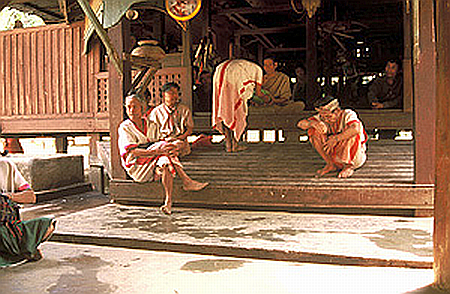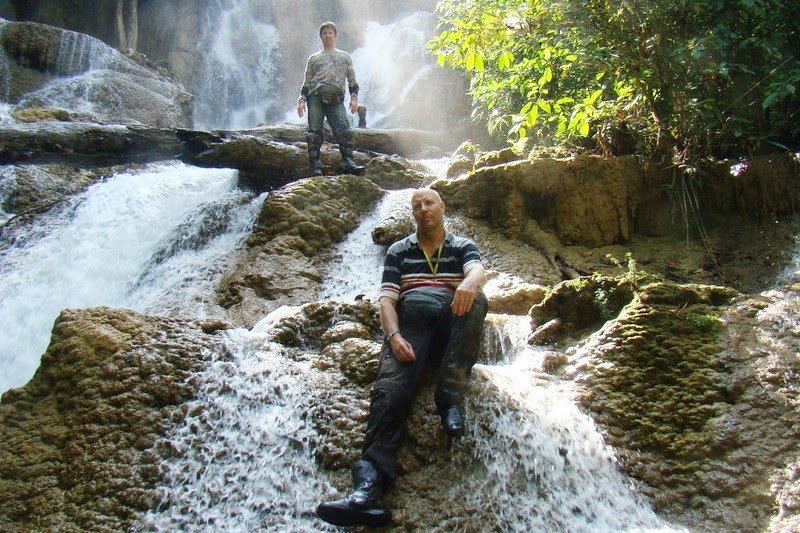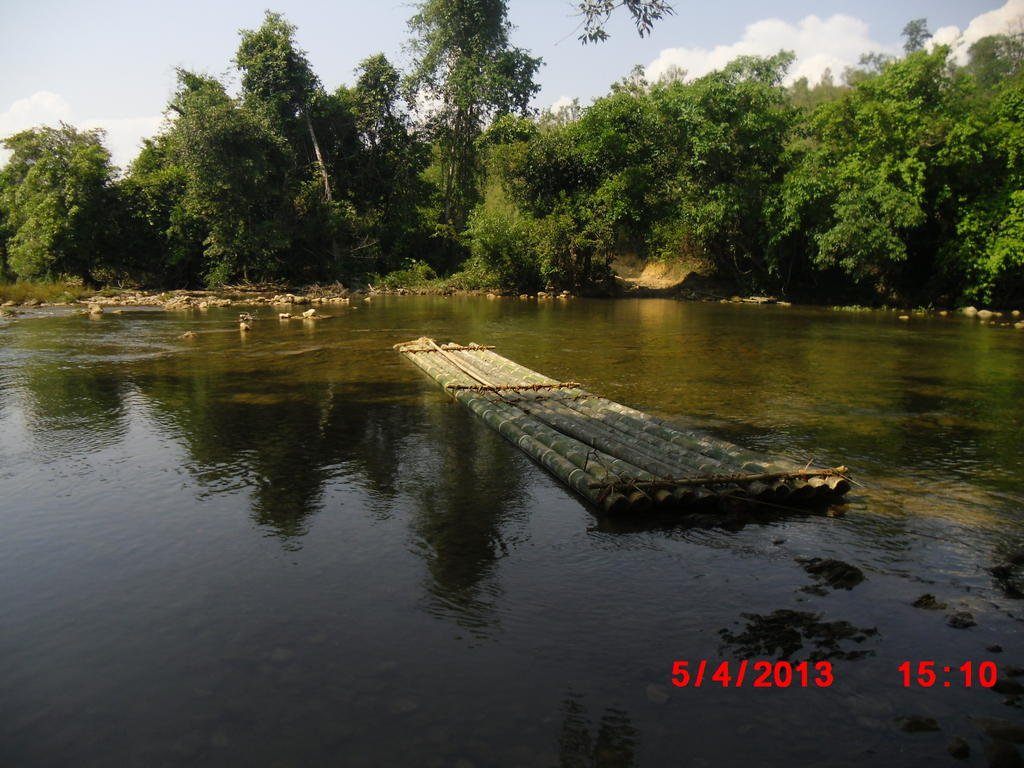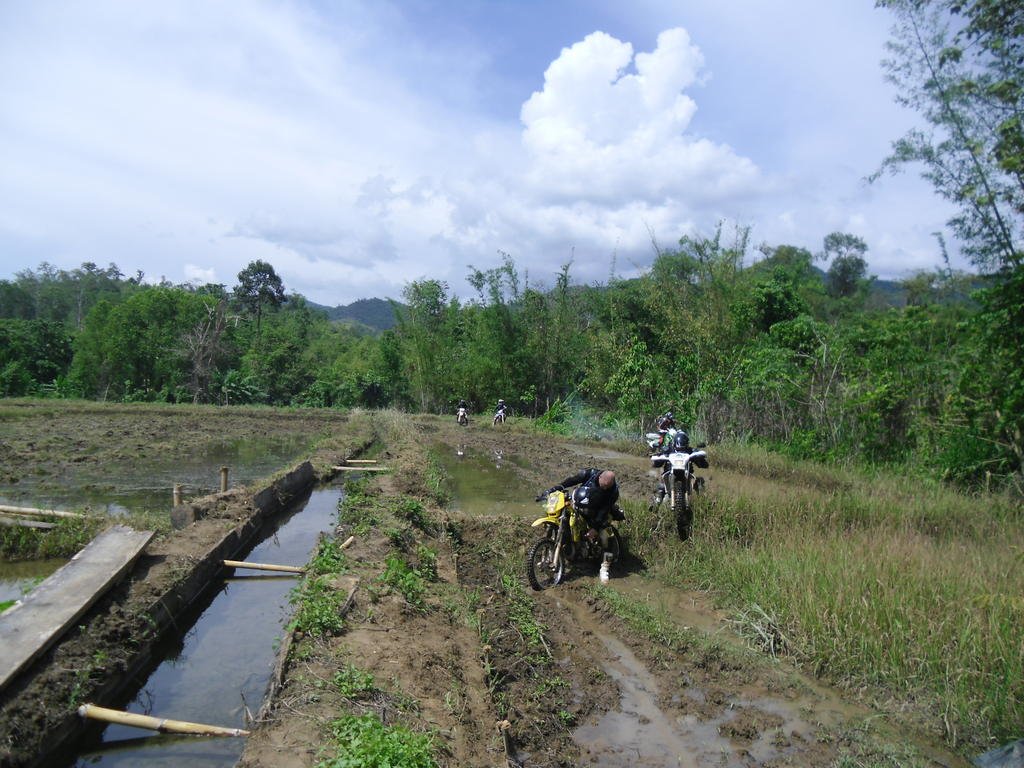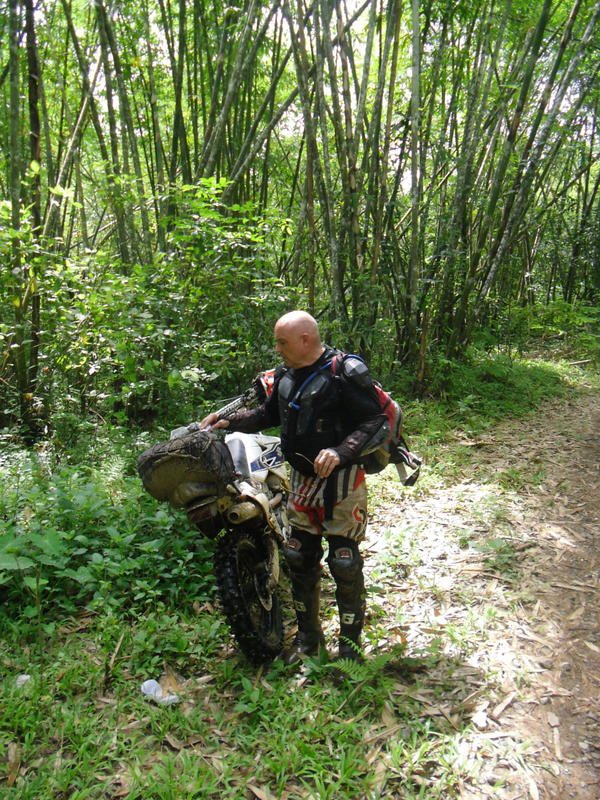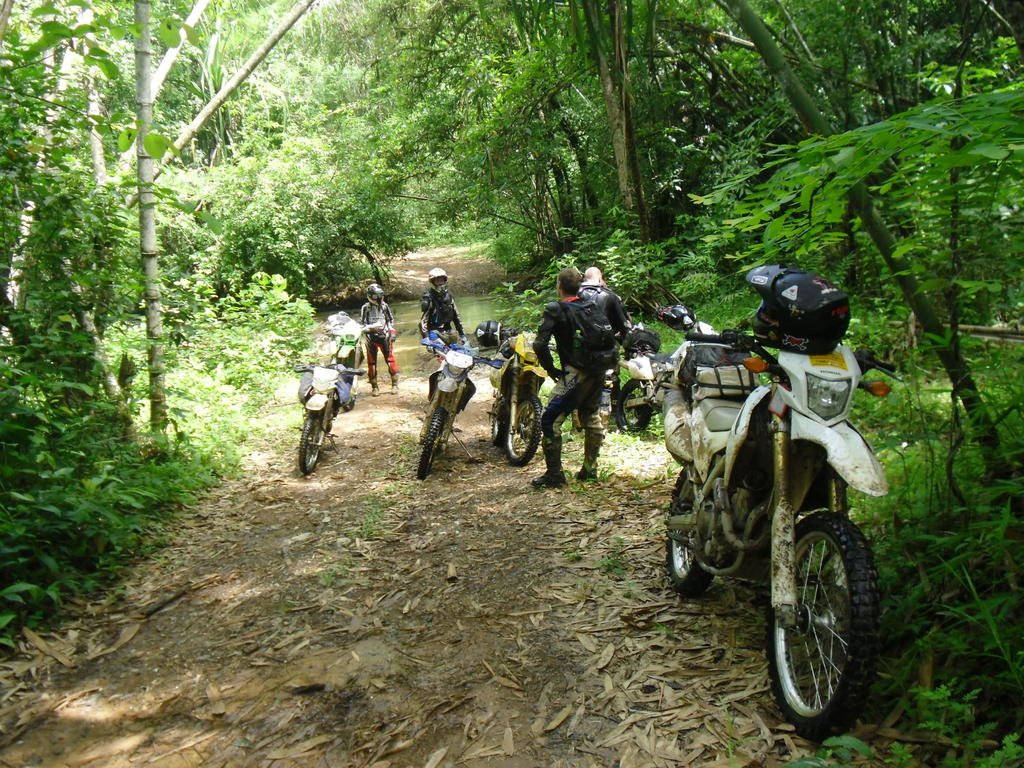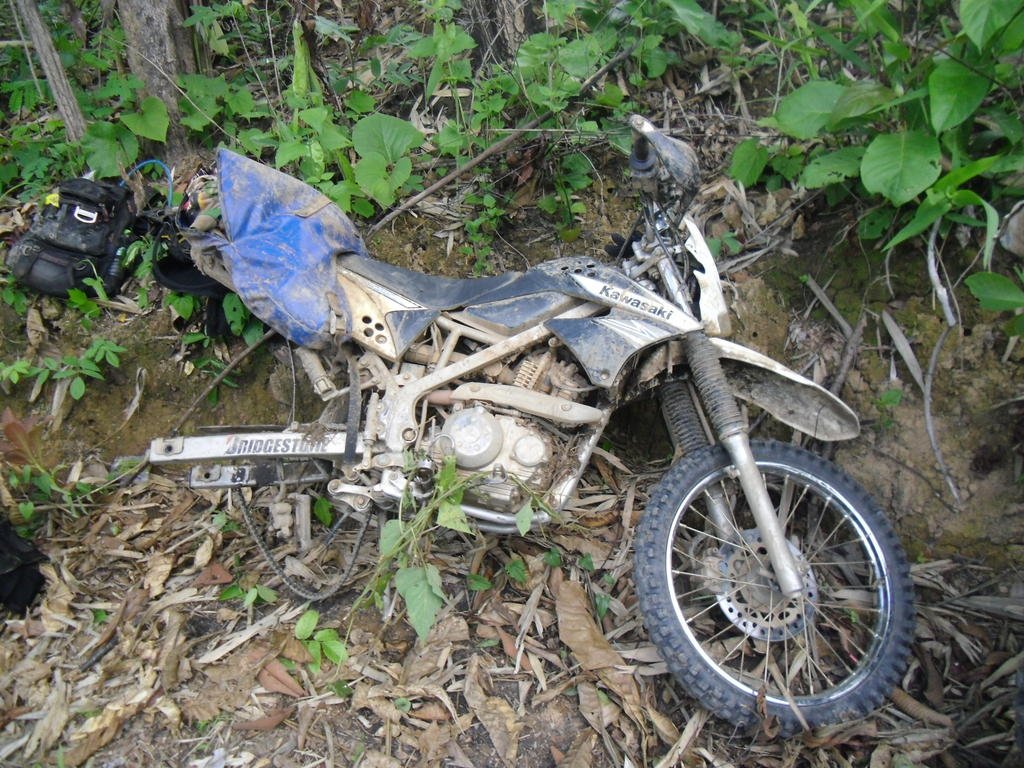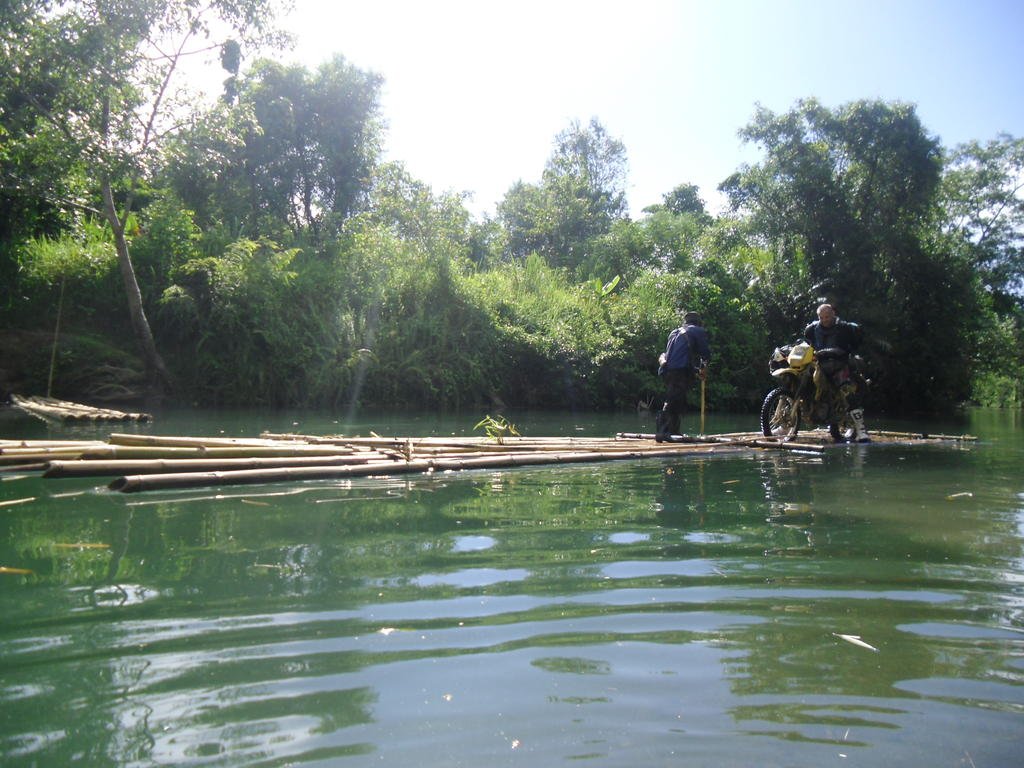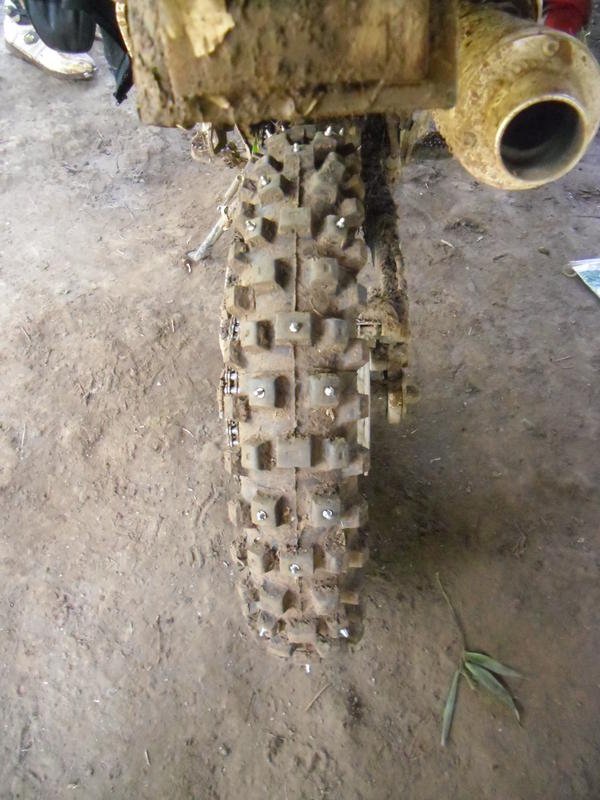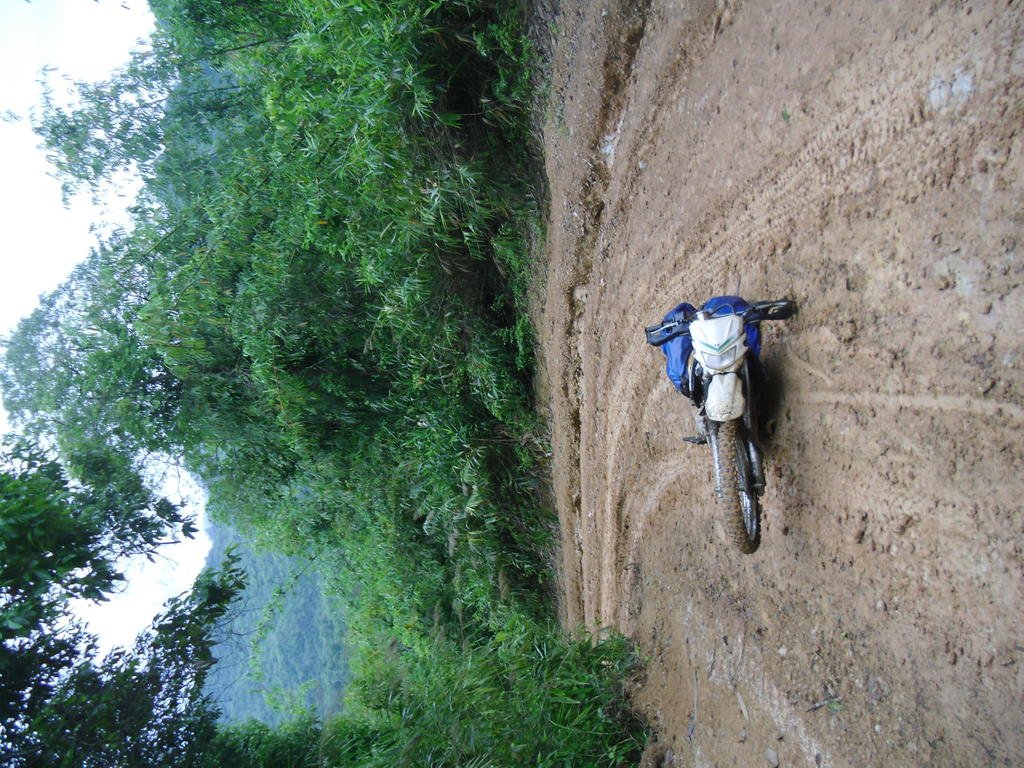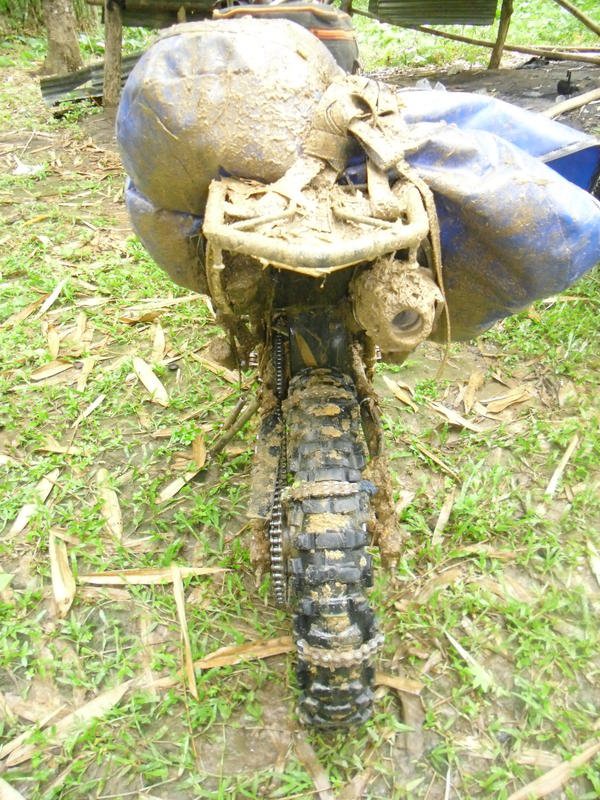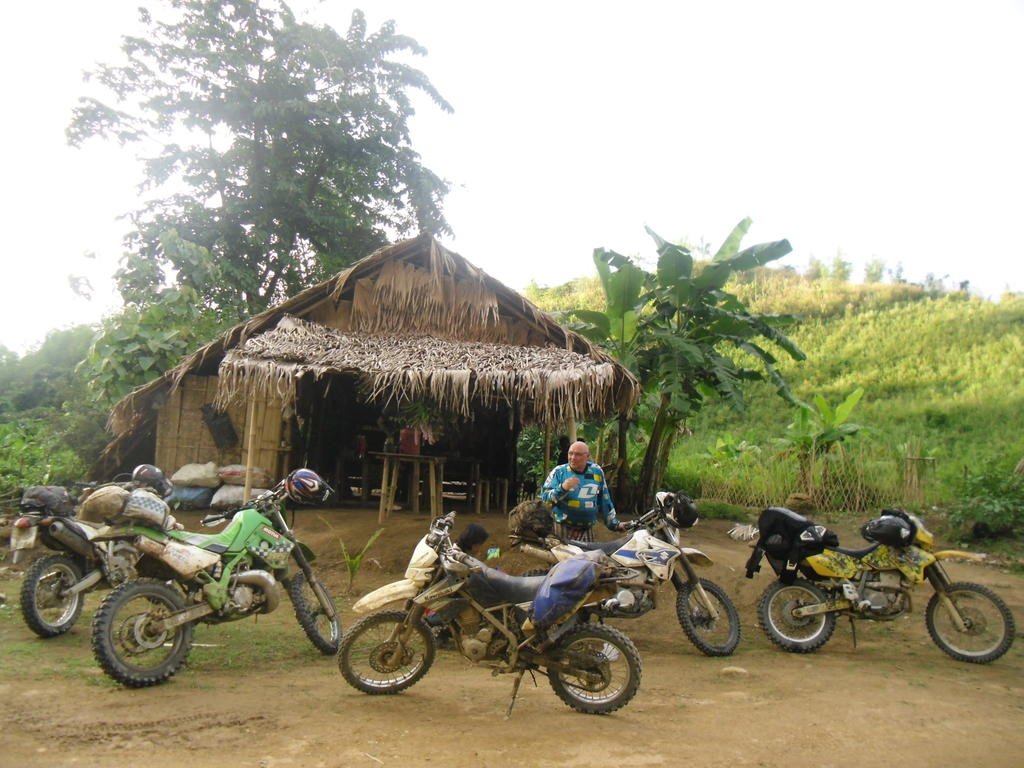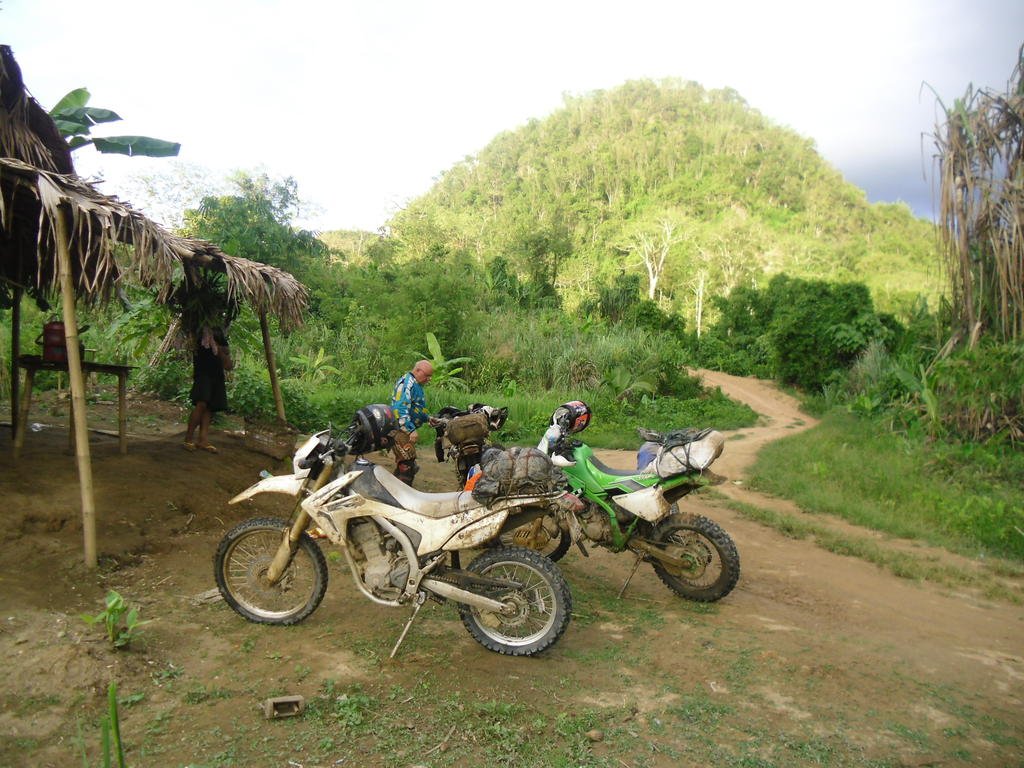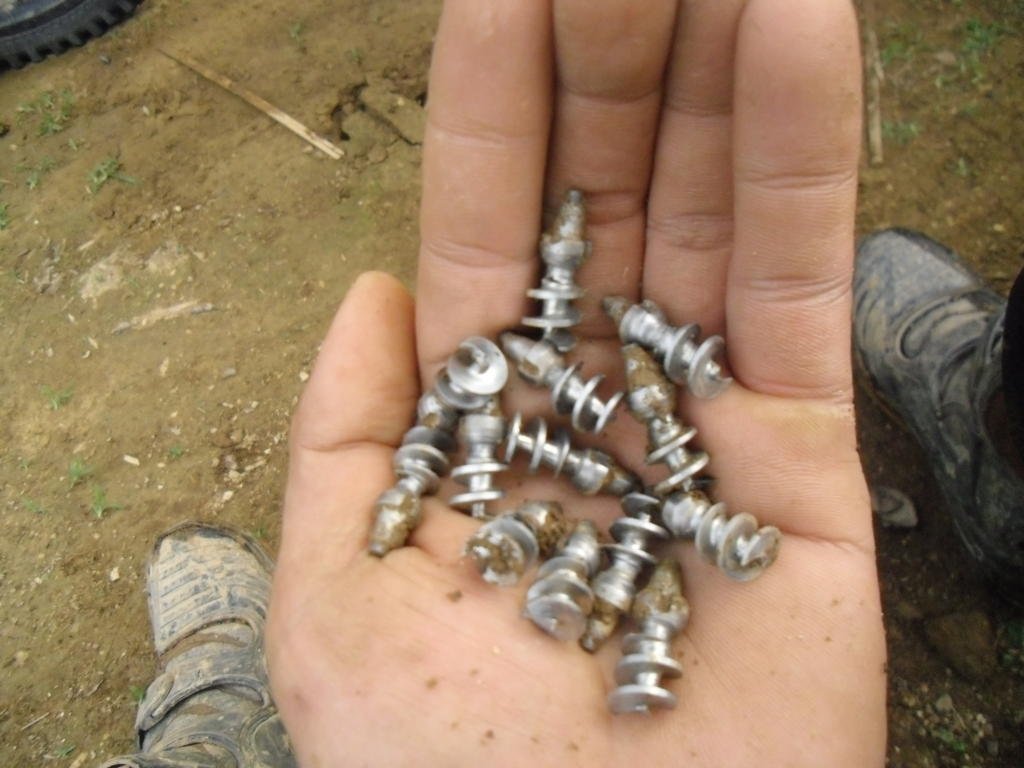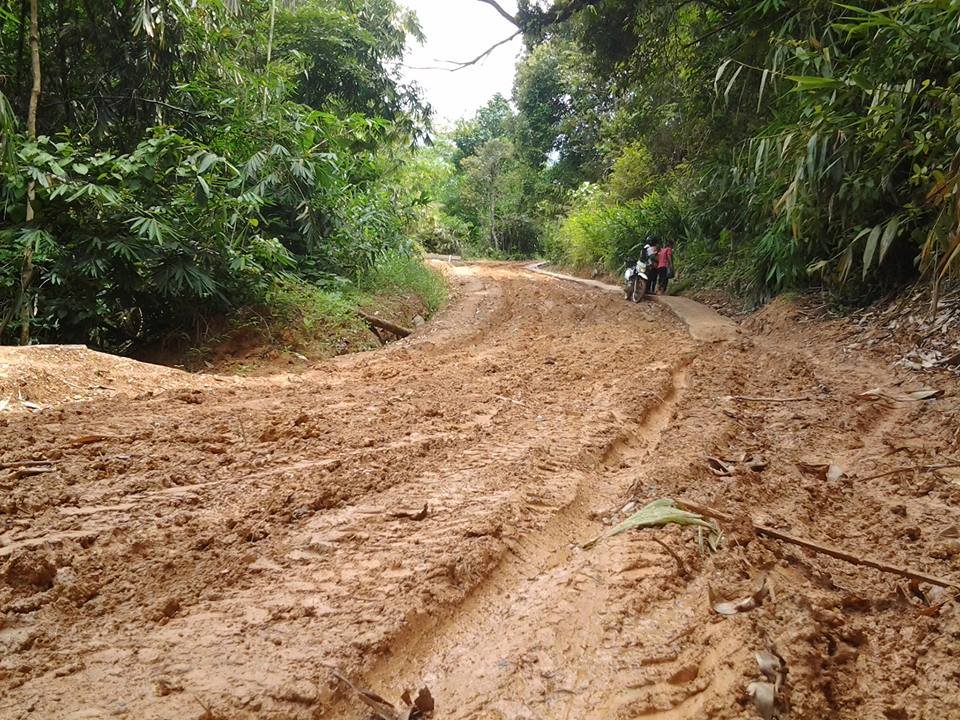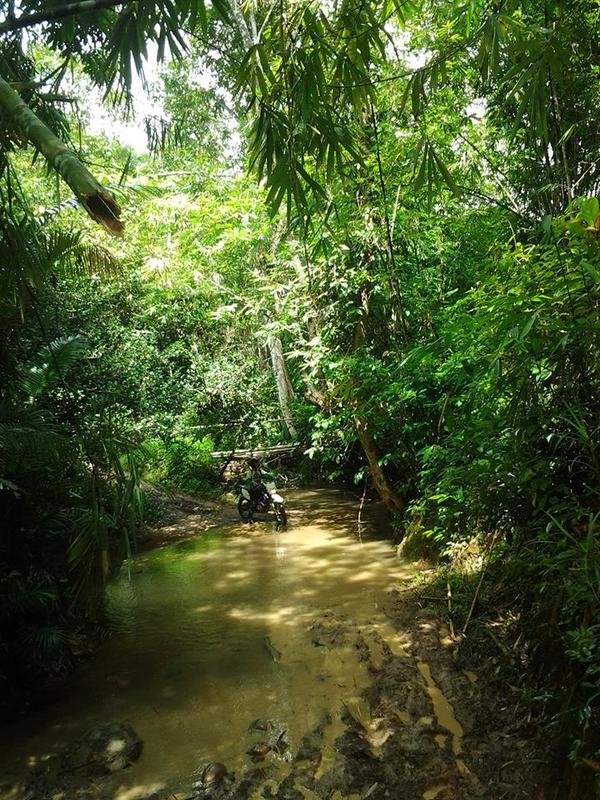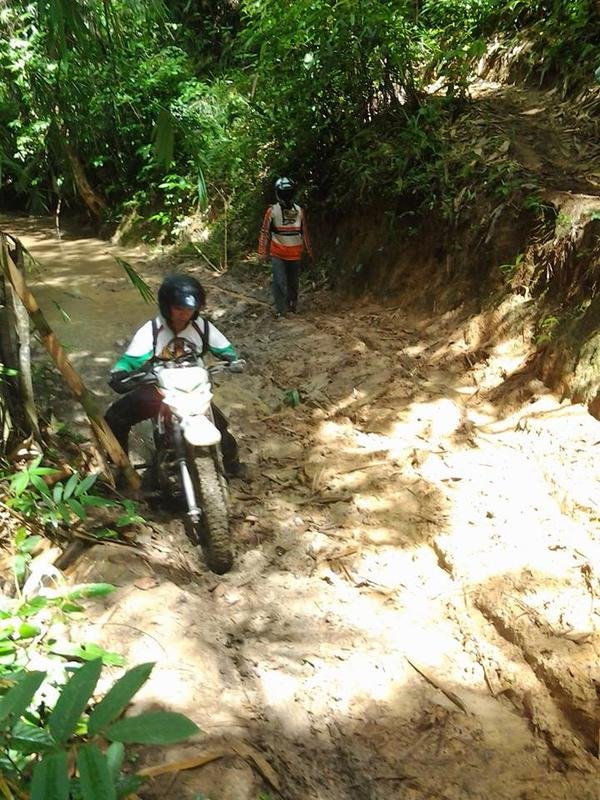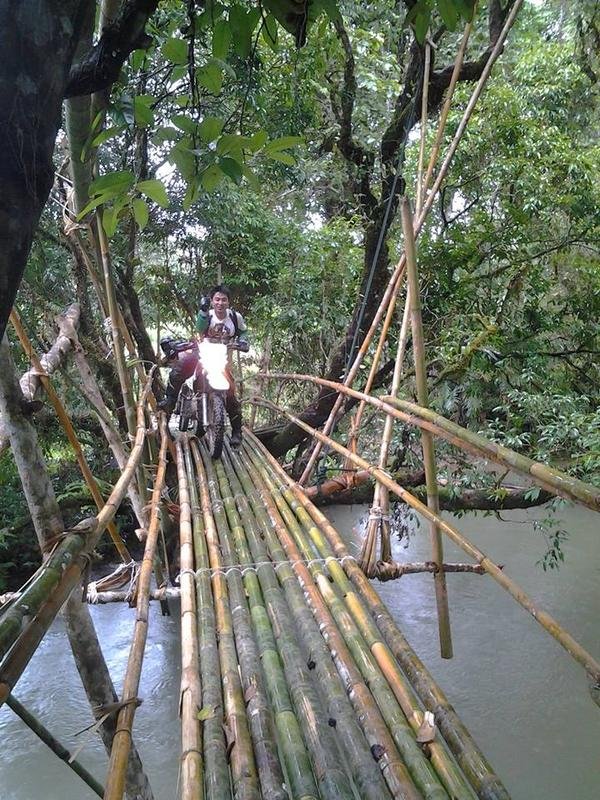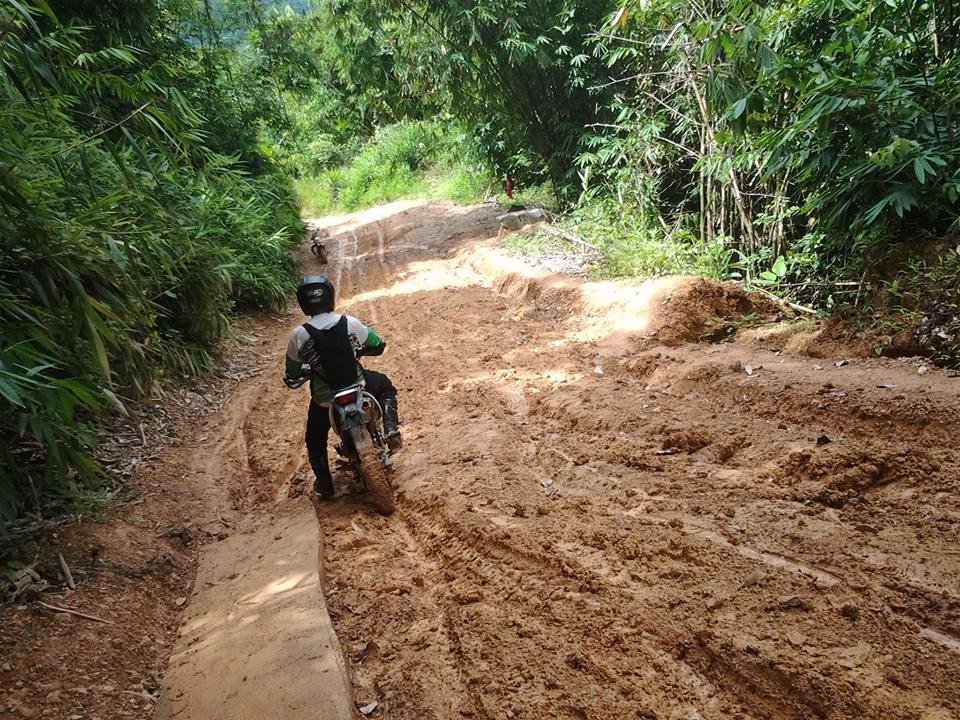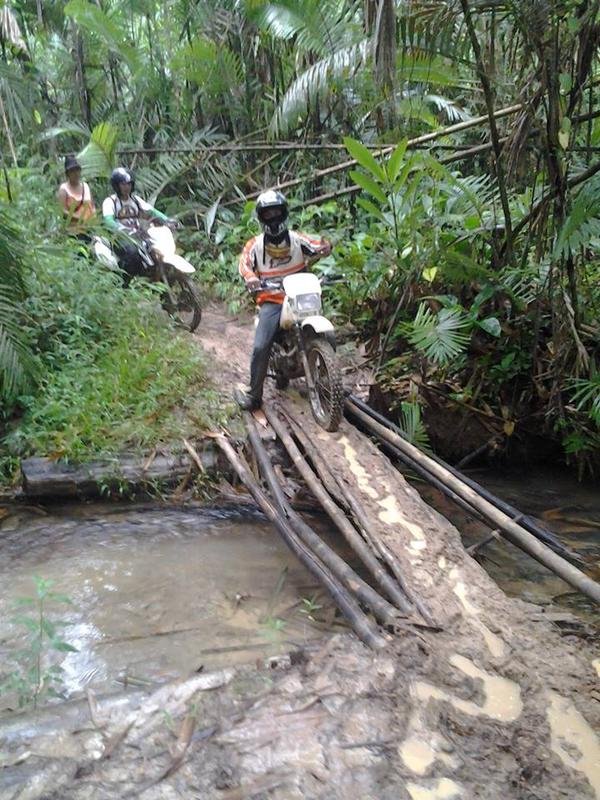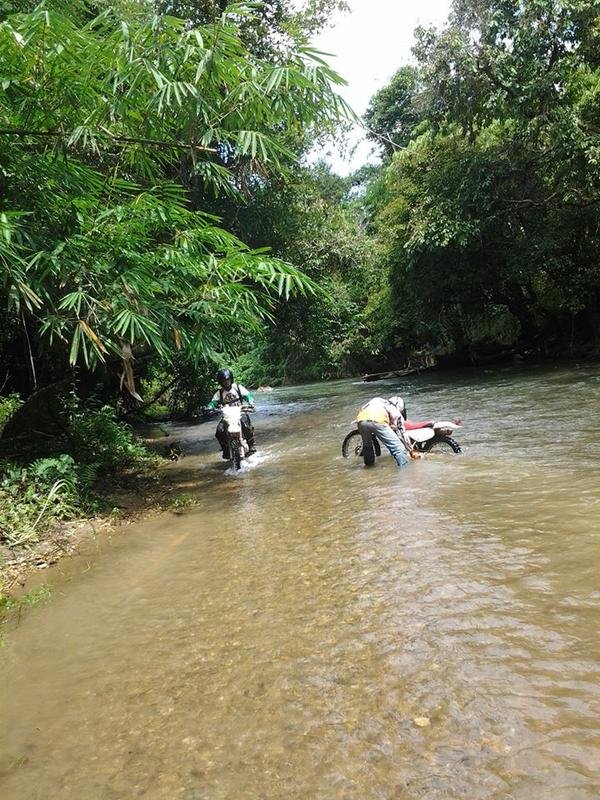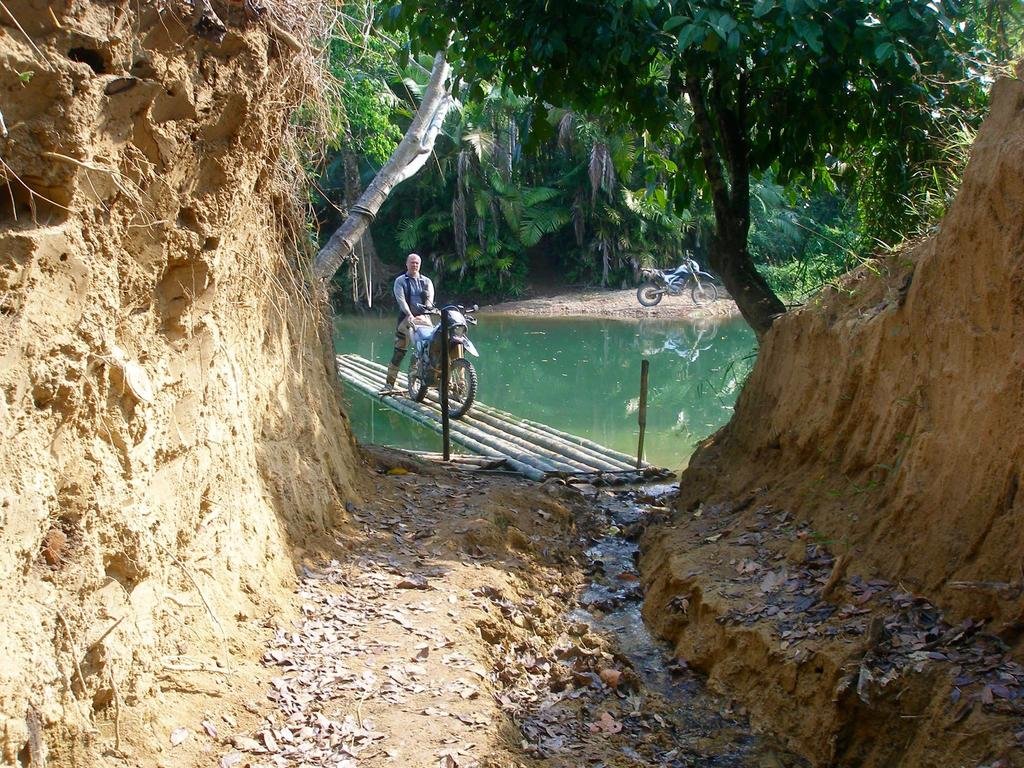A while ago someone asked if I had some more information on the Loe-Si people living in Le Tong Ku (or Lay Tong Ku which means "the village above the waterfall). This is village is located towards the end of the offroad trip from Sangkhlaburi to Boeng Kloeng where the paved road 1288 starts which leads to Umphang. There is not much info readily available but here is some of the information I have been able to find:
The "Loe-Si" sect in Le Tong Ku
information based upon the book "Three Pagodas - A journey down the Thai-Burmese border" by Christian Goodden. Jungle Books (Halesworth 1996) and other sources
The Loe-Si sect are of the Lagu (Talarku, Telakhon) denomination and they generally can be found on both sides of the border between Thailand and Myanmar. Around 1996 there were 31 Loe-Si villages with 6 of them located in Thailand. The Loe-Si cultists are devout people with austere practices. They can always be recognized by their characteristic topknots.
Loe-Si cultists with their characteristic topknots with Mike Hohman in Le Tong Ku (picture Robert Hiekel)
As a sub-group of the Karen people, they wear Karen costumes but with some modifications. While the Karen are animists or Christian, the Loe-Si Karens are besically Buddhists but interwoven with animism and shamanism and overlaid with the Loe-Si cult and in Le Tong Ku again overlaid with the Elephant-Tusk cult
The word Loe-Si (or in Thai Roe-sii or Rishii) signifies a holy man, an ascetic hermit or a jungle sage with magical powers and the Loe-Si cultists believe in their Loe-Si (sometimes also called Pu Chaik) similar to Thai people believing in the Lord Buddha. The Loe-Si cult shares the same 5 central precepts but unlike the Thai interpretation of the Buddhist First Precept which says that you should not kill animals, the Loe-Si believe that you can, as long as it is for eating. However, they do not eat domestic animals like cows or buffaloes for reasons unknown but they do eat wild animals.
In Le Tong Ku they have four main religeous ceremonies - Songkran, Prior to the rainy season, After the rainy season and After the harvest. In addition every month they have three ceremonies, Full Moon, Half Moon and New Moon. The monastery consisted (in 1996) out of 5 buildings - the original Wat, a building housing the older disciples, a meeting place, a shed housing the elephant tusks and a storage building for rice and food. In addition to the area with the 5 buildings, the monastery owns another 30 Rai of land.
Here is a comment from a young guy who recently installed a Solar-PV system in Le Tong Ku Health Center:
At this shrine they worship a pair of enormous elephant tusks, intricately carved with animals and other designs. I'd never seen tusks even close to as big as the ones in this shrine. There was also a Buddha in the shrine, underneath the tusks. I asked our guide if they worshiped the Buddha as well. He said no, that it was only there so that Buddhists who come to visit "feel more comfortable." Bizarre, no?
The Elephant tusks and the Buddha (Picture Robert Hiekel)
While approaching the compound, there is an
invisible line beyond no-one can go without taking off their shoes. Beyond this line there is a second invisible line marking the area which is off-limit to women. There is a third invisible line just behind the wat, which demarcates the sacred area running up to a cliff (the Bat-Cliff) where only the Loe-Si and his disciples can go.
When Loe-Si people transgress, they are first admonished and then, it they repeat the transgression, their hair us cut off and they are paraded round the village. On a third occurrence, they are expelled from the village and the sect/cult. However, the wrongdoer can be readmitted by apologizing, by being purified with holy water and by bringing 5 kgs. of pure beeswax, flowers, incense and a candle. It should be noted that when you see someone with their hair cut off in the village it does not automatically indicate that it is a wrongdoer but they just might have cut it off to get rid of lice or fleas or due to other ailments. When villagers die, they are not cremated as is Buddhist practice but buried. Likewise domestic animals are buried also as the people will not eat them.
Before the Loe-si or Pu Chaik dies, he normally will nominate his successor but, if that has not happened, a meeting will be called by all the Loe-Si villages in Thailand and Myanmar to nominate the successor.





